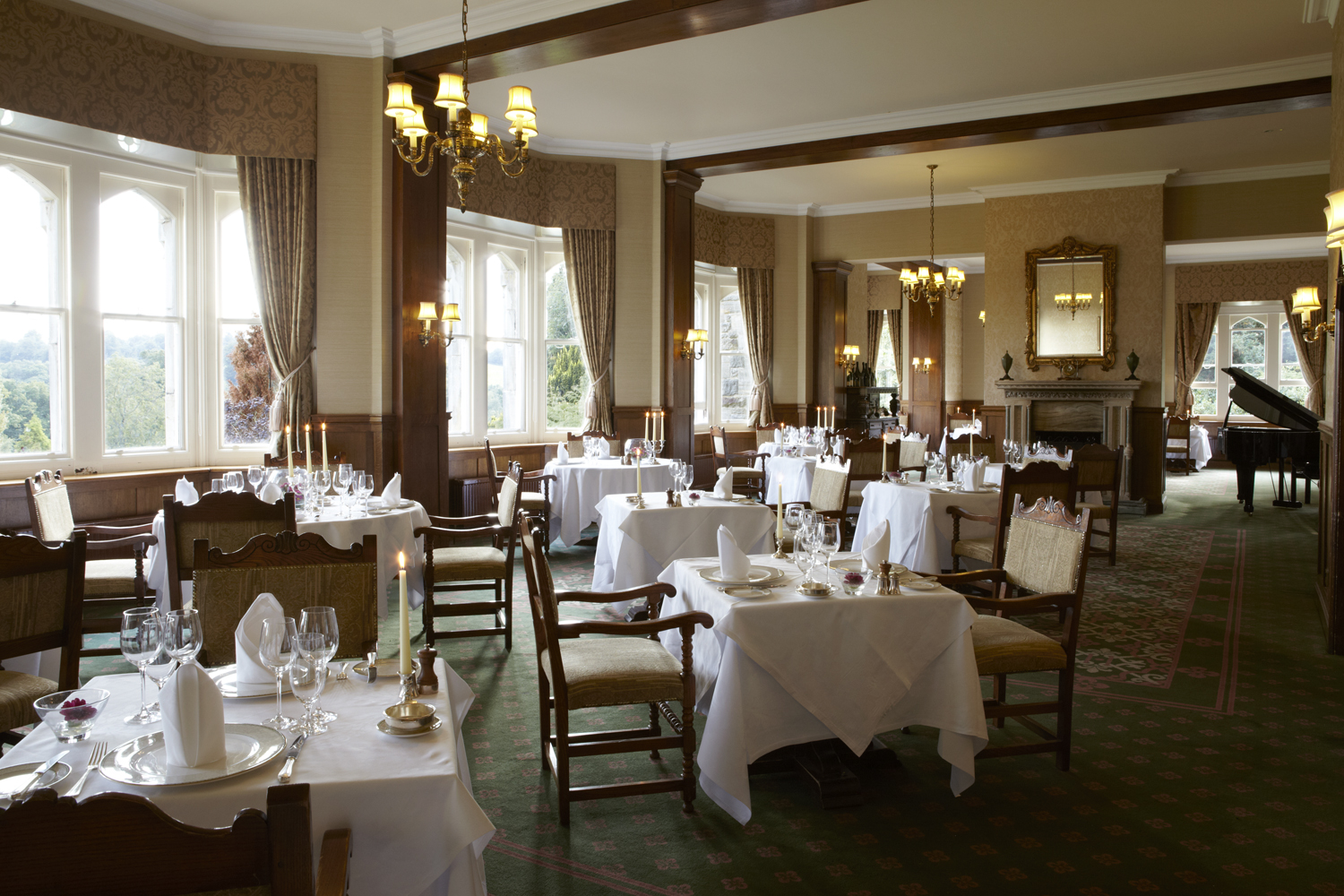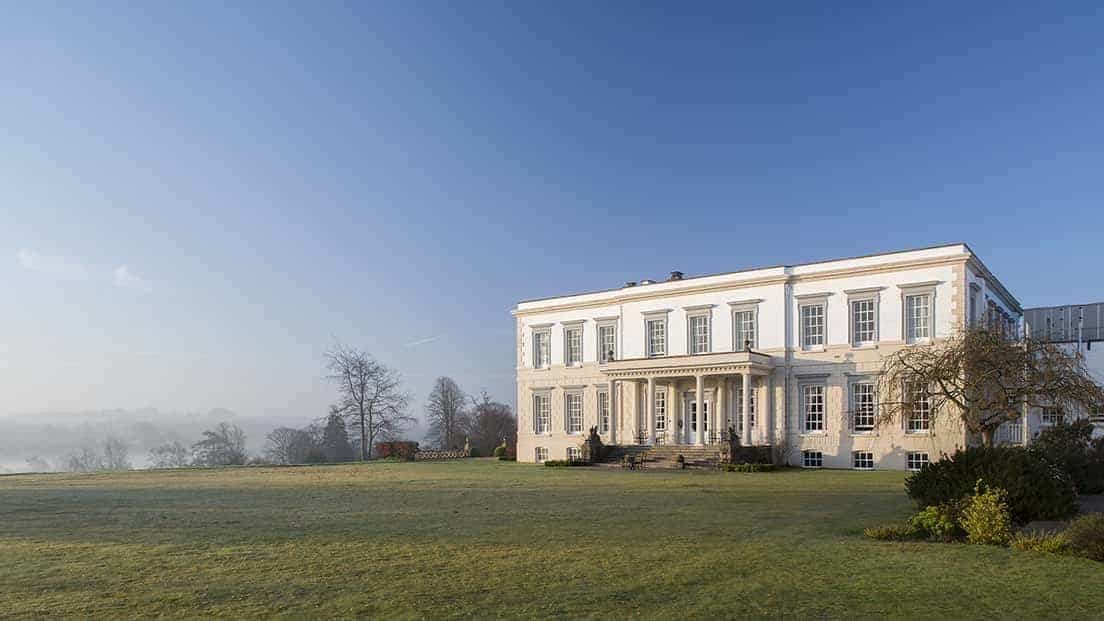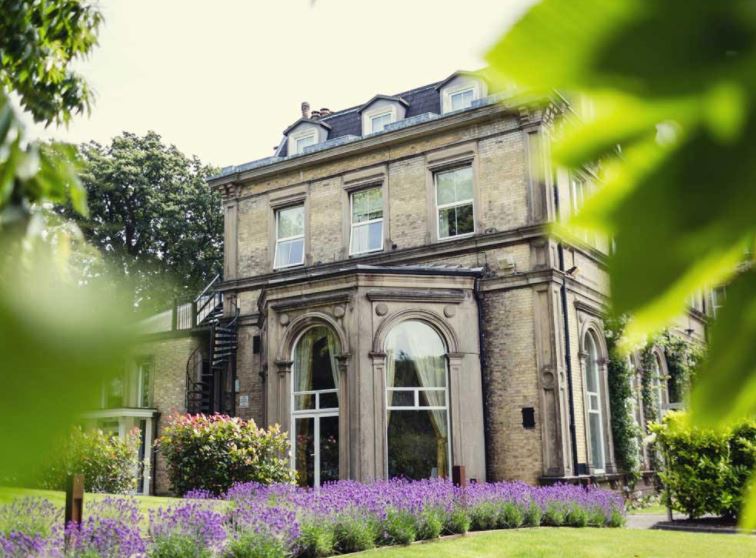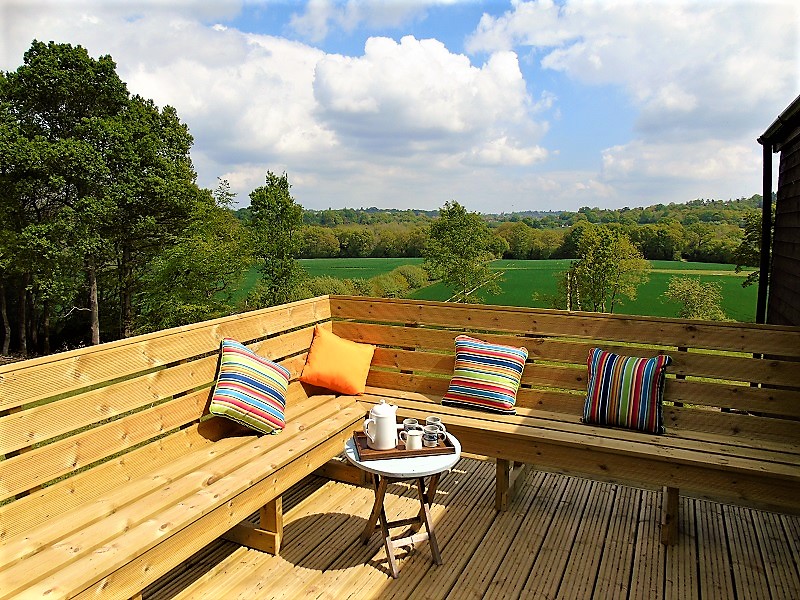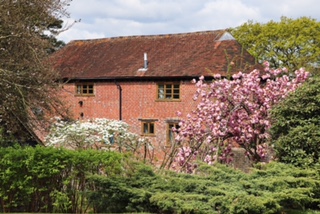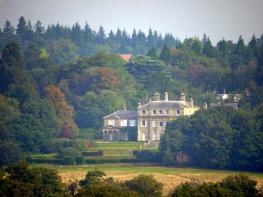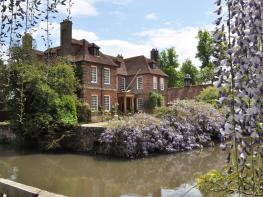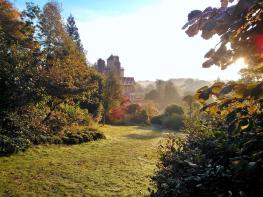Ashdown Park Hotel is set in 186 acres of landscaped gardens and parkland at the heart of…
Around Ashdown Forest

Exploring the haunts of AA Milne's much-loved character, Winnie-the-Pooh
7 miles (11.3kms)
About the walk
If as a child you were spellbound by Winnie-the-Pooh, then this enjoyable woodland walk will rekindle memories of A A Milne’s wonderful stories. The walk skirts Ashdown Forest, the real-life setting for Winnie-the-Pooh, and the largest area of uncultivated land in southeast England, covering about 20 square miles (58sq km). The area is an attractive mix of high, open heathland and oak and birch woodland scattered across the well-wooded sandstone hills of the High Weald.
Ashdown was a royal forest for 300 years, established by John of Gaunt in 1372. Then, it was a place of wild beauty and thick woodland. After the Restoration of Charles II in 1660, large parts of the forest were enclosed and given to Royalist supporters. About 6,400 acres (2,600ha) were dedicated to the Commoners, and remain freely accessible to the public. Ashdown Forest is cared for by Conservators, and today is the domain of people seeking peaceful recreation in the country and it’s still largely unspoilt.
At first glance, the forest’s vegetation may look uniform, but closer inspection reveals greater variety. In the valley bottoms, wet bogs are dominated by sphagnum mosses. Round-leaved sundew, marsh clubmoss and cottongrass also thrive. The deep blue flowers of marsh gentians add a dash of colour during the autumn. The open pools are home to the nymphs of dragonflies and damselflies, while the drier valley slopes are carpeted with plants such as ling, bell heather and bracken. The higher ground supports gorse and purple moor-grass.
The walk begins in a corner of (privately owned) Five Hundred Acre Wood. The return leg briefly follows a disused railway line before heading south across rolling countryside, passing close to Cotchford Farm, where Milne lived, and crossing Pooh Bridge, built in 1907 and restored in 1979.
Walk directions
Follow the path through the gate at the bottom of the car park, signposted ‘P. Bridge’, and just after a path joins from the left, fork right over a plank bridge and over a stile to enter a field. Go forward along the left-hand fieldedge to a track in the corner; turn right. Cross a drive to a gap in the hedge and keep ahead, ignoring a hedge-side way marked ‘Alternative Path’. Follow the path through two gates and across a paddock to a stile and the road.
Turn left onto the road, then bear right opposite The Paddocks and through Five Hundred Acre Wood, taking a left fork and crossing a stream by a footbridge to reach the Wealdway. Continue ahead, following WW markers, passing Kovacs Lodge. Follow further WW markers along a lane, keeping left at a junction, then just after Honeywood House bear left to leave the forest and take the path to the right of two gates, below the sign for ‘Fisher’s Gate’.
Follow the path parallel to the drive to skirt the house. Rejoin the drive and keep right, following the Wealdway as it cuts across undulating farmland for 0.75 miles (1.2km). Pass a turning to Old Buckhurst and then bear left over a stile hidden in bracken, just before a driveway to Forstal Cottage, to follow the High Weald Landscape Trail. Cross the field past a clump of trees to enter woodland. Follow the woodland track, soon forking right.
Turn right over a brick bridge at the far side of the wood and bear right to follow the fence, passing a house. Go through the gateway in the field corner and make for the next field ahead. Head diagonally left across farmland to a stile. Keep to the right edge of the field to a stile, then cross a footbridge and continue by the field-edge towards the church. Turn left at a stile and enter the village of Hartfield.
Bear right at the B2026, then immediately left along the left-hand edge of a recreation ground, the home of Hartfield FC. Keep the tennis courts on your right to cross a stile in the field corner and continue over the next stile and onto the Forest Way. Turn left and follow the old railway trackbed, forking left to a gate just before the trackbed crosses a bridge. Cross the pasture to a gate and follow the woodland bridleway. Emerging from the trees, continue to Culvers Farm.
Turn left on the road and walk along to the first right-hand footpath, signposted ‘Pooh Bridge’. Take the track ahead, soon passing a wooden shelter and, after going through woodland, emerge by fields and turn right on an enclosed path past a white house. Cross a drive to another stile and head diagonally down the field to a stile in the corner, passing through a kissing gate on the way. Continue on the path and head for the kissing gate, then follow the lane ahead and slightly to the left.
After 80yds (73m), fork right by a signpost, go straight on along the public bridleway to Pooh Bridge, and follow the track all the way to Pooh car park, ignoring minor side turnings.
Additional information
Paths and tracks across farmland and woodland, many stiles
Undulating farmland and dense woodland
Some woodland stretches suitable for dogs off lead; on lead where notices indicate
OS Explorer 135 Ashdown Forest
Pooh car park, off B2026 south of Hartfield
None on route
Five Hundred Acre Wood is privately owned so keep to the Wealdway
WALKING IN SAFETY
Read our tips to look after yourself and the environment when following this walk.
Find out more
Also in the area
About the area
Discover East Sussex
East Sussex, along with its western counterpart, is packed with interest. This is a land of stately homes and castles, miles of breezy chalk cliffs overlooking the English Channel, pretty rivers, picturesque villages and links to our glorious past. Mention Sussex to many people and images of the South Downs immediately spring to mind – ‘vast, smooth, shaven, serene,’ as the writer Virginia Woolf described them. She and her husband lived at Monk’s House in the village of Rodmell, near Lewes, and today, her modest home is managed by the National Trust and open to the public.
There are a great many historic landmarks within Sussex, but probably the most famous is the battlefield where William, Duke of Normandy defeated Harold and his Saxon army to become William the Conqueror of England. By visiting Battle, near Hastings, you can, with a little imagination, picture the bloody events that led to his defeat. East Sussex’s pretty towns such as Lewes, Rye and Uckfield have their charms, while the city of Brighton offers museums and fascinating landmarks, the best-known and grandest feature being the Royal Pavilion.
Nearby stays
Restaurants and Pubs
Nearby experiences
Recommended things to do
Why choose Rated Trips?
Your trusted guide to rated places across the UK
The best coverage
Discover more than 15,000 professionally rated places to stay, eat and visit from across the UK and Ireland.
Quality assured
Choose a place to stay safe in the knowledge that it has been expertly assessed by trained assessors.
Plan your next trip
Search by location or the type of place you're visiting to find your next ideal holiday experience.
Travel inspiration
Read our articles, city guides and recommended things to do for inspiration. We're here to help you explore the UK.




